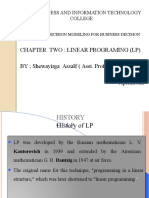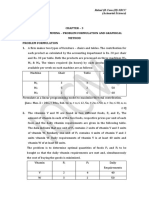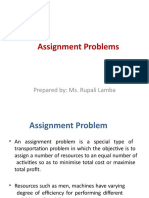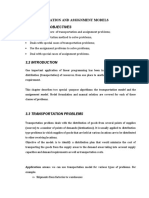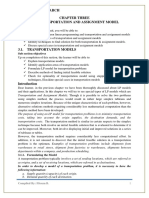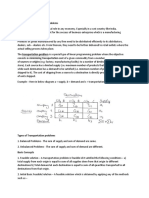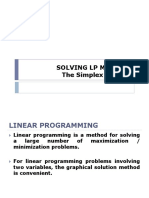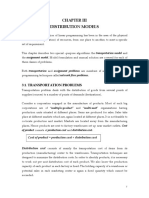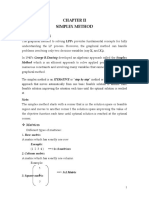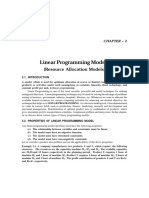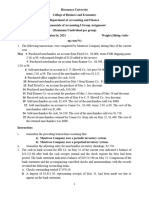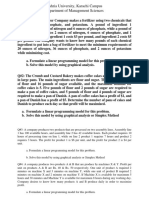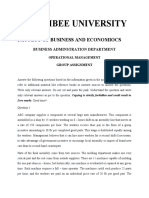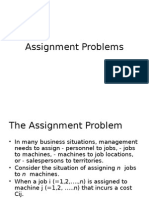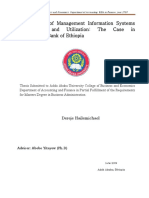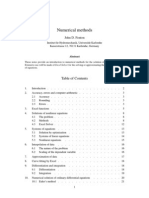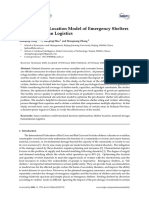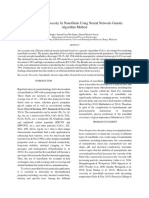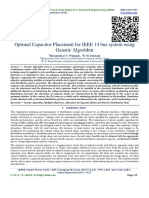0% found this document useful (0 votes)
1K views61 pagesChapter Two - PPTX Final
This document summarizes a chapter on linear programming and linear programming problems (LPP). It begins with an introduction to linear programming, including its definition, structure, assumptions, and formulation of linear programming models. Examples are provided to demonstrate how to formulate optimization problems as linear programs to maximize profit or minimize cost subject to constraints. The chapter then covers methods for solving linear programs and sensitivity analysis.
Uploaded by
semetegna she zemen 8ተኛው ሺ zemen ዘመንCopyright
© © All Rights Reserved
We take content rights seriously. If you suspect this is your content, claim it here.
Available Formats
Download as PDF, TXT or read online on Scribd
0% found this document useful (0 votes)
1K views61 pagesChapter Two - PPTX Final
This document summarizes a chapter on linear programming and linear programming problems (LPP). It begins with an introduction to linear programming, including its definition, structure, assumptions, and formulation of linear programming models. Examples are provided to demonstrate how to formulate optimization problems as linear programs to maximize profit or minimize cost subject to constraints. The chapter then covers methods for solving linear programs and sensitivity analysis.
Uploaded by
semetegna she zemen 8ተኛው ሺ zemen ዘመንCopyright
© © All Rights Reserved
We take content rights seriously. If you suspect this is your content, claim it here.
Available Formats
Download as PDF, TXT or read online on Scribd
/ 61

